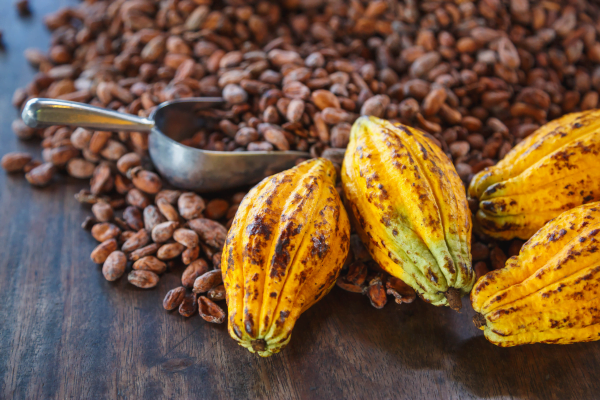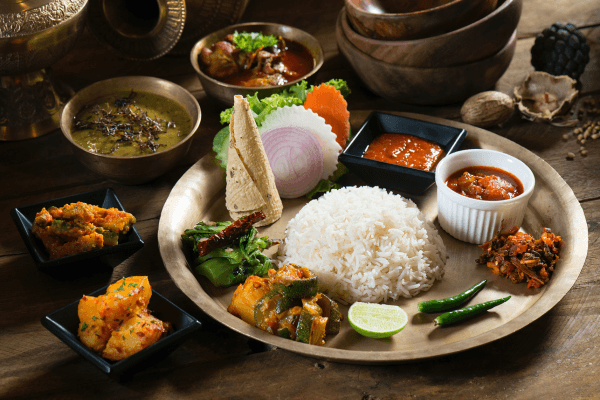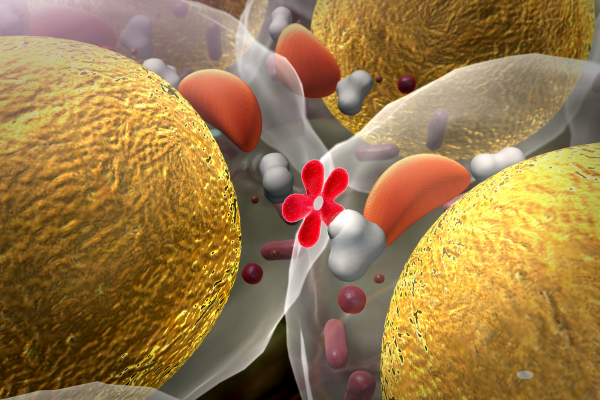The world of chocolate
Chocolate is the most commonly indulged product of the cocoa tree which has high value all around the world. There is increasing attention on the potential health benefits of chocolate. But food products made from the cocoa bean have been consumed ever since 400 AD. It was used as remedies and as a substrate for medicine in the ancient civilisations too. Apparently, there were more than 100 uses of cacao or chocolate too!
On average, the worldwide consumption of chocolate ranges from 0.12kg/person in China to 11.85kg/person in Ireland. Côte d’Ivoire is the largest producer of cocoa too!
Byproducts of cocoa beans
The cocoa tree (Theobroma cacao L.) produces oval pods (fruits) with 30-40 seeds called cocoa beans in a sweet mucilaginous pulp. Some commercial products made from cocoa beans are:
- Cocoa liquor
- Cocoa powder
- Cocoa butter
- Milk chocolate
- Dark chocolate
- Semisweet chocolate
- Bitter chocolate
- White chocolate
What is the difference between cocoa and cacao?
| Characteristics | Cacao | Cocoa |
| What is it? | It is made from the raw, unprocessed cocoa beans | It is a processed product with added ingredients like milk powder, sugar, flavours, preservatives etc. |
| Processing | It is minimally processed | It is highly processed |
| Vegan | It is vegan | It is not vegan |
| Nutritional Value | It is higher in nutrition, flavanols and antioxidants.It is a good source of iron | It is lower in nutrition and antioxidants due to processing |
| Taste and flavour | It is bitter and earthy | It is sweet and smooth |
| Products | Cacao nibs, cacao butter, cacao powder | Cocoa powder, chocolate bars, chocolate chips |
| Cost | It is expensive | It is comparatively affordable |
Which is better in terms of nutrition – Cacao or cocoa?
Cacao is a better option due to its nutritional properties when compared to cocoa.
Here is a table to understand the nutritive value of 1 tsp (10g) of unsweetened cacao and cocoa:
| Cacao powder | Cocoa powder | |
| Energy (Kcal) | 32.9 | 32.9 |
| Protein (g) | 1.06 | 1.1 |
| Carbohydrates (g) | 3.13 | 5.1g |
| Fibre (g) | 3.3 | 3.3 |
| Fats (g) | 2.3 | 2.3 |
| Sugars (g) | 0 | 0.2 |
There are many steps involved in the processing of cocoa beans from harvest to production.
Though there isn’t much of a difference in terms of calories, it is the level of processing which determines the functional properties of cacao.
There are 2 main types of phytochemicals present in cocoa – Polyphenols and flavanols. However, other compounds like cocoa methylxanthine, theobromine etc. may also be present in abundant amounts.
A downside to choosing cacao or cocoa products is that commercial products may be incorrectly labelled. The differences in their nutritional properties are not obvious in the food label.
Culinary uses of cacao
- You can substitute chocolate chips with cacao nibs
- Cacao powder can be used as a substitute in baking cakes, cookies, desserts etc.
- It can be used to make homemade healthy chocolates.
- Cacao powder can be used to make healthy hot chocolate.
- They can also be used in marinating red meat.
- They can be used to make energy balls or as dessert toppings.
Health benefits of consuming cocoa
- Anti-inflammatory effect – The flavanols present in cocoa help prevent free radical damage and promote the antioxidant defence mechanism by the activation of Nrf2 protein.
- Improves cognitive function – Some studies report that the flavanols in cocoa can improve cognition, working memory, attention span and prevent cognitive decline in older individuals. Cocoa flavanols can easily cross the blood brain barrier and also improve the activity of neurotransmitters. It may also reduce the risk of Azheimer’s disease.
- Improves cardiovascular health – Flavonols and theobromine present in chocolate can help reduce arterial stiffness. They can improve blood flow and increase nitric oxide production. It may reduce blood pressure too.
- Reduces insulin resistance – Oxidative stress is one of the main reasons for insulin resistance. Flavanols can reduce insulin resistance by reducing oxidative stress, improving endothelial function and regulating glucose metabolism.
- Anti-cancer properties – Cocoa polyphenols, procyanidins and catechins may influence the immune response and prevent the initiation stage of carcinogenesis. They may also be responsible for apoptosis (programmed cell death) of cancer cells.
- Skin health – Though cocoa butter is a common ingredient in skin care products, a study revealed that consumption of cocoa with high flavonoid content for 12 weeks increased dermal blood flow.
- Obesity – A study revealed that smelling and eating chocolates helped reduce appetite in humans. This is because the smell of 85% dark chocolate was associated with a satiation response induced by ghrelin.
Why do we have chocolate cravings?
There are different reasons for chocolate cravings based on different studies:
- Chocolate cravings are higher in those who have a negative mood. Emotional eaters have a higher chocolate craving.
- Women tend to have higher chocolate cravings than men especially during the peri-menstrual period.
- The palatability of chocolate makes it pleasurable to eat owing to its unique oro-sensory characteristic.
Does chocolate have negative health impacts?
Chocolate may be contraindicated in individuals with certain health issues.
- Gastro-oesophageal reflux disease (GORD) – A hypothesis is that chocolate reduces the lower esophageal sphincter pressure. This can increase symptoms of GORD.
- Migraine – Phenylethylamine present in chocolate may induce migraine.
- Acne – Chocolate is high in glycaemic index and also contains dairy. Though there isn’t sufficient research to confirm the link between food and acne, the high glycaemic index or glycaemic load determines the severity of acne.
- Constipation – A study revealed that chocolate was one of the common causes for constipation predominant irritable bowel syndrome (IBS).
- Weight gain – Chocolate is high in glycaemic index and rich in calories. Consuming excess quantities of the same can lead to weight gain.
How much chocolate can I eat?
Currently there isn’t sufficient research to suggest a safe dose of chocolate. There are both positive and negative effects which need to be weighed against each other to understand if consuming chocolate is really worthwhile.
However, here is what you can do:
1. Choose bean to bar dark chocolates.
2. Reduce frequency of chocolate consumption.
3. Be mindful of your portion.
4. It is best to discuss your chocolate allowance with a dietitian based on individual factors.
5. Choose cacao over cocoa. Using cacao in its raw form by adding it to smoothies is better than baking as the heat may reduce the concentration of polyphenols.
Mayuri,
Dietetic Researcher, Simplyweight





